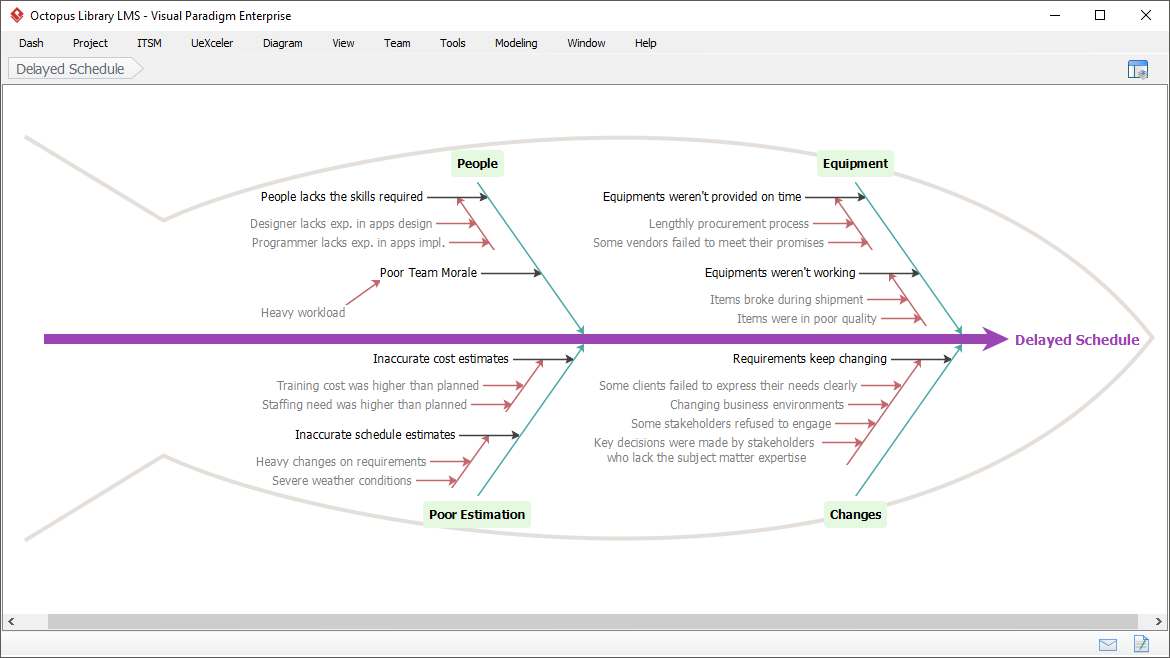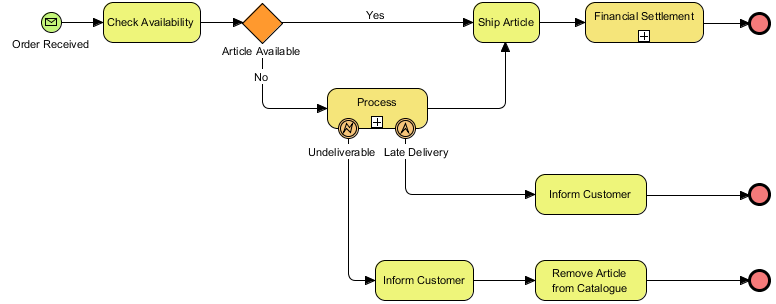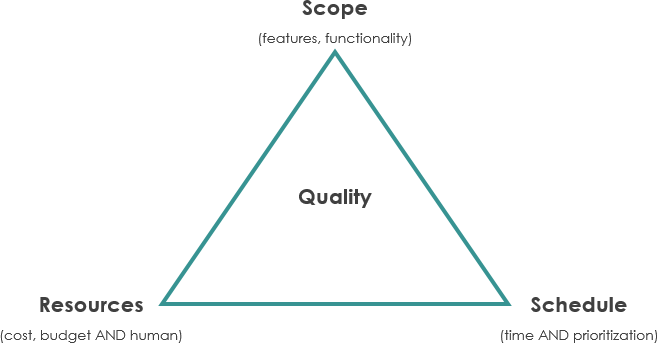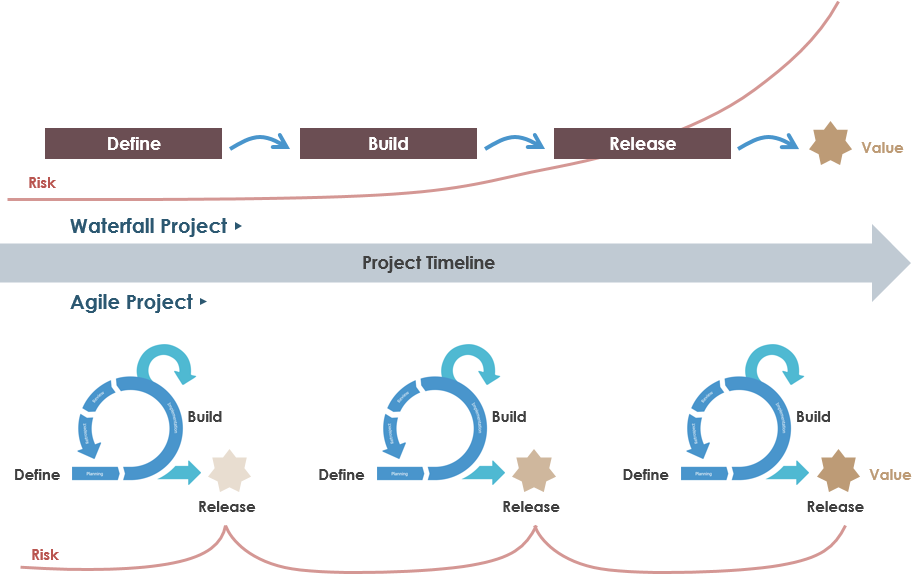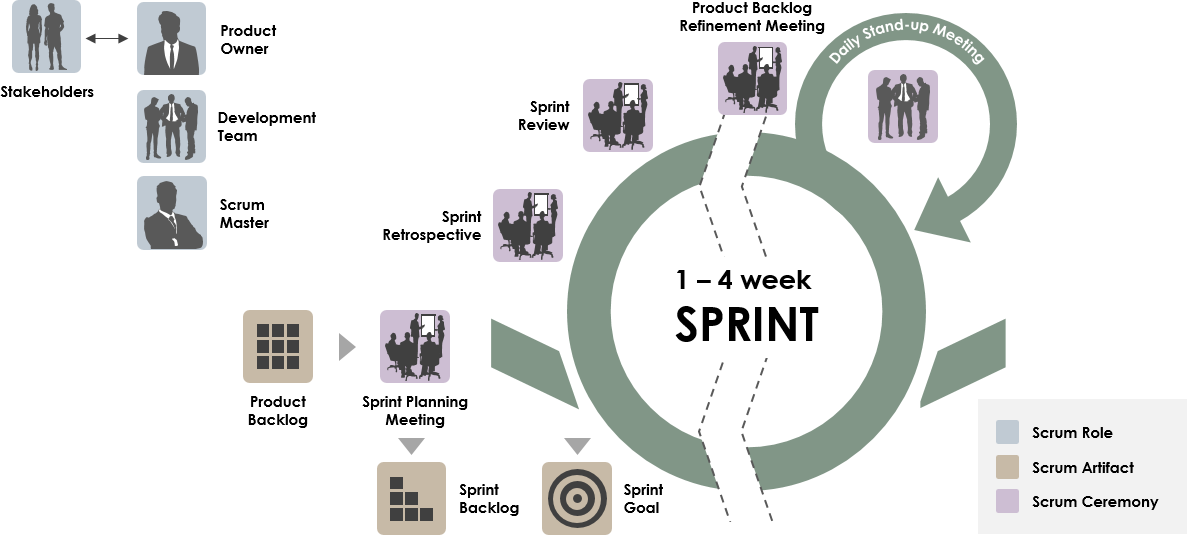Looking for a VSM software? Our value stream mapping software makes creating professional value stream mapping easy and fast. The value stream mapping tool comes with a rich set of value stream mapping symbols. Combined with a drag-and-drop VSM editor and a powerful feature set, you can easily create professional value stream mapping.
Continue reading

